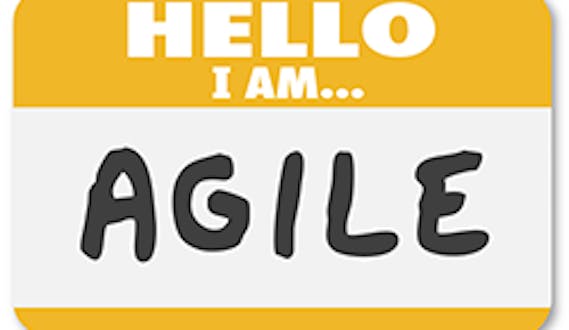Ongoing learning and agile success
Experience tells us that getting the best results from agile involves seeing it as a journey rather than a destination. Agile requires a team ethos that prioritises ongoing learning. Without that, organisations will find it hard to embed and sustain.
Change, collaboration and evolution
Fundamentally different to waterfall methodologies where the aim was to fix as much as possible before starting development, agile is about change, collaboration and evolution. It's short iterations mean that developers need to evolve too continually gaining new skills, checking their assumptions and being willing to try different ways of approaching problems.
New challenges mean new priorities
Activities such as embedded and mobile testing and working across a globally distributed and virtual teams are now commonplace. agile rewards an integrated mindset where each of the players in the application lifecycle has awareness of the other roles. Hybrid roles like DevOps are great examples of this. It's not necessary for each individual to become an expert in each discipline but they must have an awareness of what each discipline contributes to the development process.
Encouraging areas of interest
While collective effort is important for agile success, that's not to say that individual team members shouldn't pursue areas of interest. Team members should be encouraged to experiment with novel techniques or strategies that they can feed back to the rest of the group. This increases the breadth of ideas contributed to the project as a whole.
Encouraging experiments
Trial and error is an essential part of ongoing learning and agile success. Every iteration is followed by the Retrospective in which the team evaluates its achievements and failures with a view to continuous improvement. Failed approaches should not result in discouragement, as they often provide critical information about approaches that did work.
A bold view of failure, with confidence to go ahead with an idea they're unsure of, allows a team to eliminate it as an option faster. It also helps the organisation determine what their own specific version of agile best practice looks like at least as far as the next Sprint anyway.
For more about optimising the application lifecycle check out our blog or contact us today.







